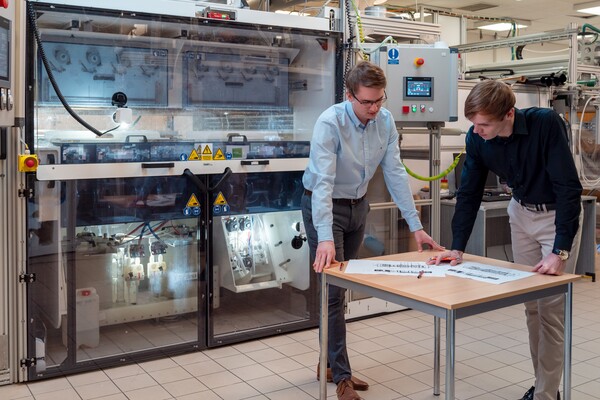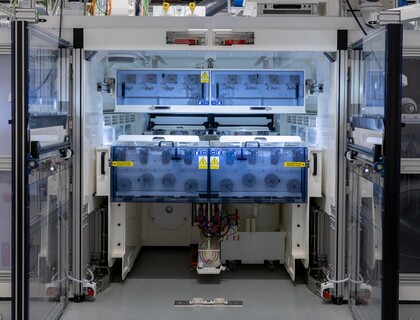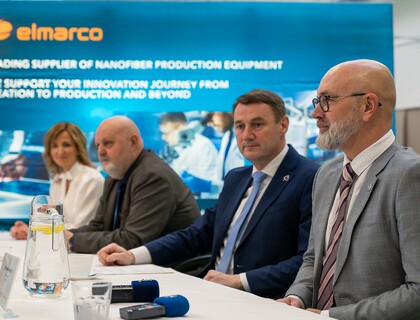Do you have an idea for the development of nanofiber enhanced product? Join Elmarco Incubator Program!

Blog

Curiosities from around the world on a scale of 10‑9 m

How Important Is Intellectual Property Protection? The Story of Elmarco’s Legal Battle

Modern education for the future of industry: The Technical School in Liberec and Elmarco are shaping a new generation of experts together

CASE STUDY | How NASK NANO Technology Redefined Respirator Standards: Innovation in Filtration and Breathability

Elmarco to Host International Nanotechnology Conference at Czech National Pavilion during EXPO 2025




